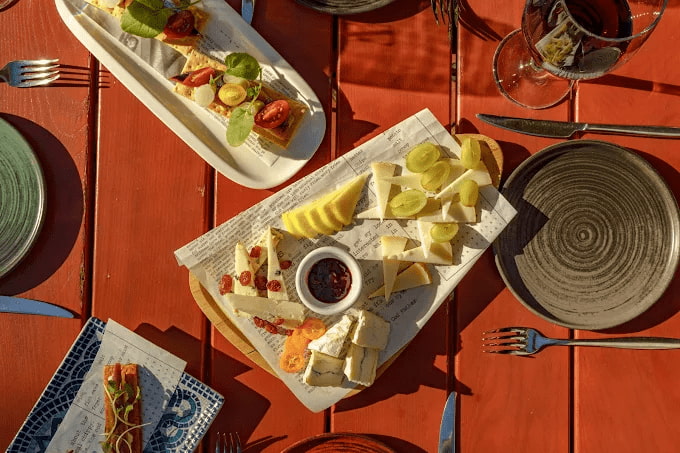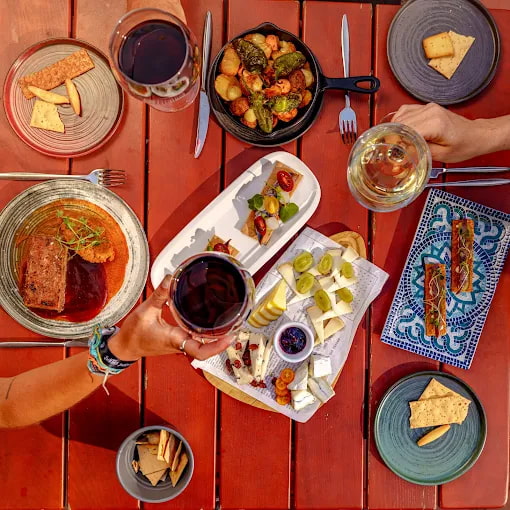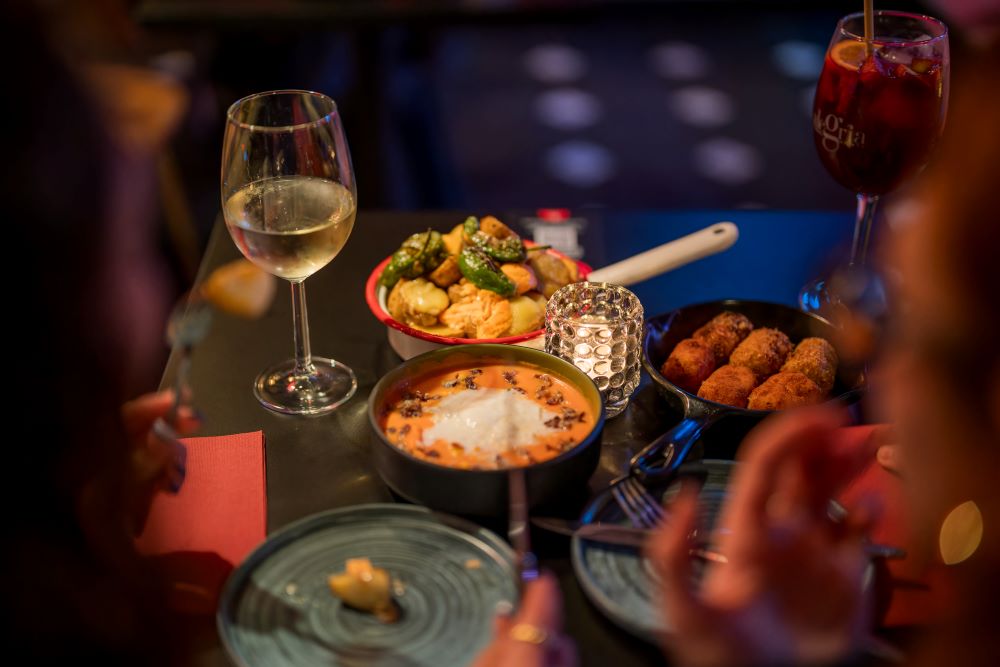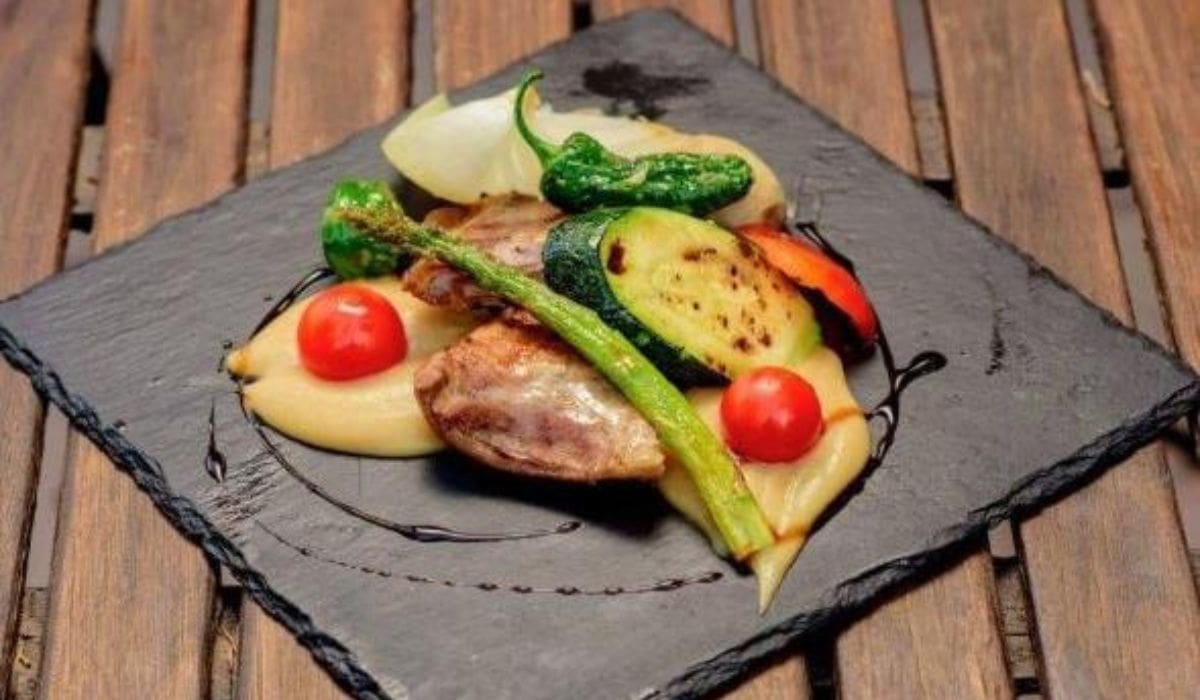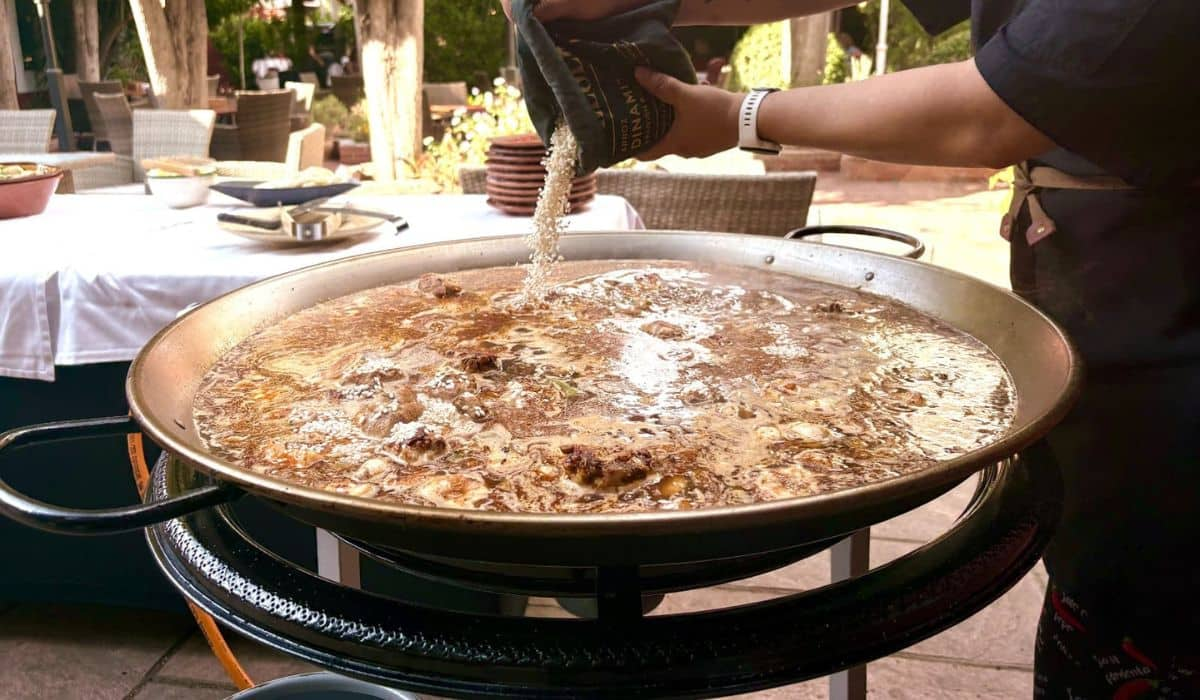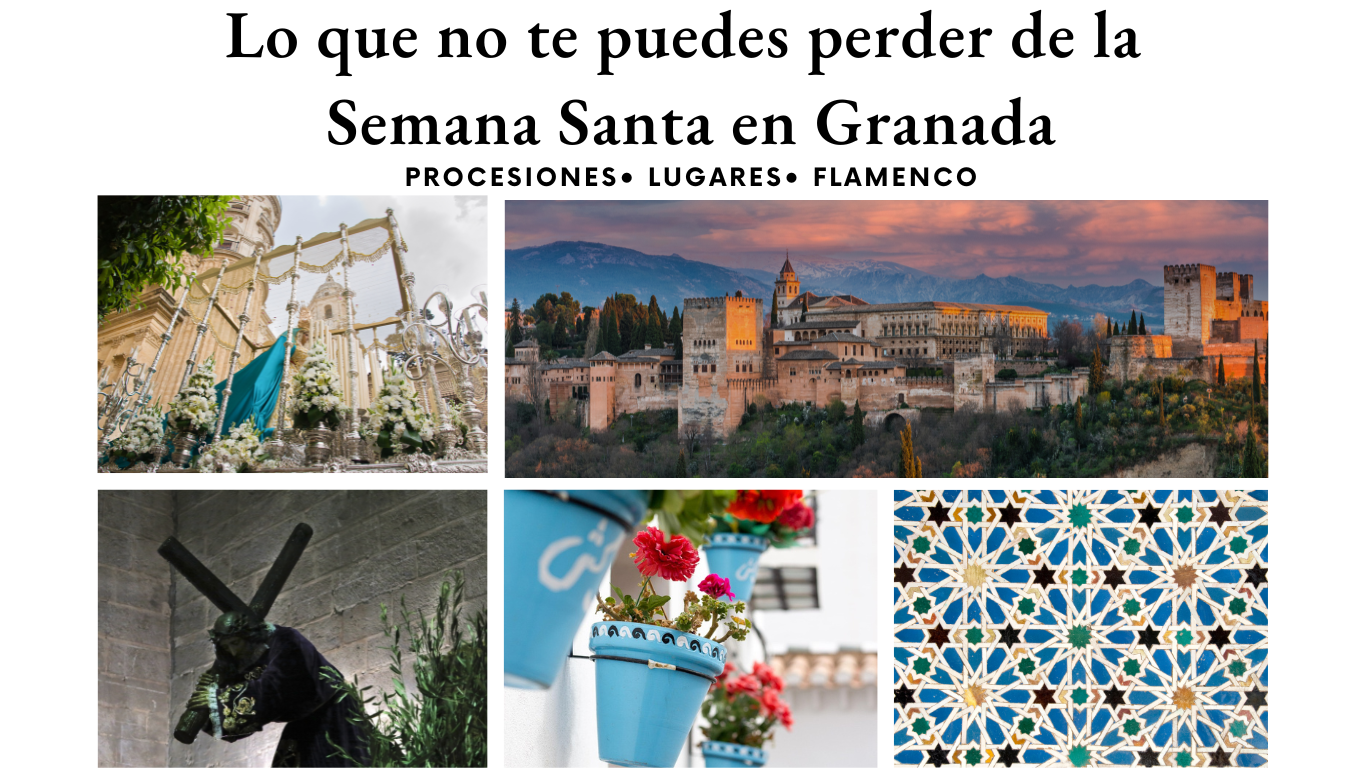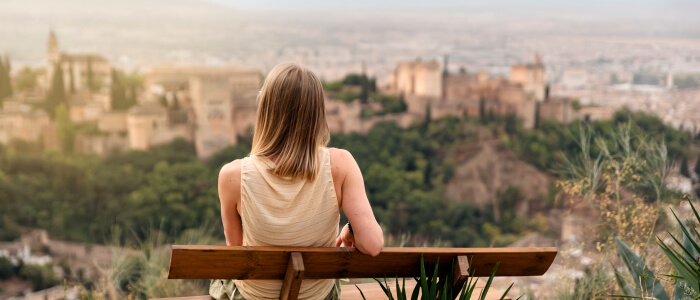The flamenco is a perfect combination of cultures that stands out for its passion and energetic rhythm and with which it is difficult not to shudder at the sight of singers and dancers with their mantillas, their frilly dresses and their intense colors making the tablaos vibrate. An art that is improvised in the Andalusian tablaos and that is necessary to know and really feel in order to be created. Full of elegant and smooth arm movements that make it very different from the rest of the dances. But do you know what is the origin of flamenco?
The roots of flamenco seem to go back to the time when Jews, Moors, Christians and gypsies lived in Andalusia, specifically to the 15th century. 15th century. Although the first records are found from the sixteenth century, which is when flamenco emerged as a musical style. Up to that moment, what we find is a dance of crossbreeding that, little by little, would evolve into the style we all know today.
The origin of flamenco: how was it born?
To know where flamenco comes from and how it was really born, we have to go all the way back to the Islamic monochord chants. Islamic monochord chants, as the “cante jondo”. It is precisely the cante jondo that keeps the greatest essence of Andalusia. All this combined with the influence of psalmody melodies and the Jewish musical system, the Phrygian and Ionian modes inspired by Byzantine chant, the ancient Hindu musical systems and Mozarabic folk songs, where the zambras and jarchas originated.
This type of dance was nourished by the elegance, mischievousness, temperament and sensuality of different cultures. All this with a clear influence of the gypsy culture, from the clothes to the way of moving the body. But African and Caribbean rhythms also contributed to the development of this genre.
Expansion of flamenco
The first schools arose in Jerez de la Frontera and in the Triana neighborhood of Seville and, little by little, it would become a fundamental part of the Spanish identity. Between the middle of the 19th century and the beginning of the 20th century, the golden age of flamenco, The guitar became the main instrument of this genre, and the cantes were born and developed at that time. In large part, thanks to the fascination aroused by Andalusian, banditry and the expansion of bullfighting schools in Ronda and Seville, which made this genre, which until then had been relegated to the gypsies, began to be seen as an ideal of casteism and individualism.
Between the beginning of the 20th century and the middle of the 20th century, the era of Flemish opera, the Flemish opera era, characterized by flamenco singing, in which a huge wave of flamenco singers from Latin America emerged. It is precisely at this time that the importance of the fandangowhich was intended to cheer up the audience.
In addition, the first flamenco the first flamenco Christmas songs and traditional flamenco Christmas carols appeared.highlighting the Zambomba Jerezana, a subgenre that was declared an Intangible Cultural Interest since 2015.
In the mid-twentieth century, there was what is known as the Flamenco RenaissanceThanks to dancers such as Antonio Mairena, Rafael Amargo, Sara Baras or Joaquín Cortés, this genre left the tablaos to invade theaters, festivals and stages all over the world.
Nowadays, flamenco can be found all over Andalusia, with different styles and different types of performances, being able to enjoy it in a big theater or in a guitar and singing performance in a local bar, passing through authentic tablaos such as Zoraya Gardenslocated in the mythical Albaicín neighborhood of Granada.
Thus, although the origin of flamenco is not entirely clear, it is known that it was the combination of the different cultures that lived in Andalusia between the 15th and 16th centuries that gave rise to this genre that has become one of the most important and most popular in the world. identifying traits not only for the region, but for the whole of Spain in the face of the world.

